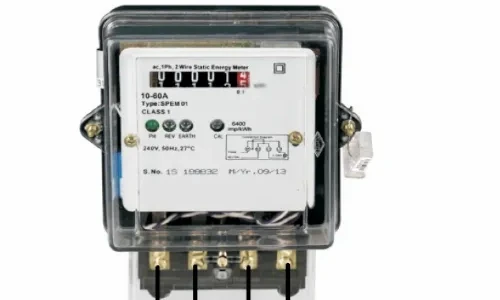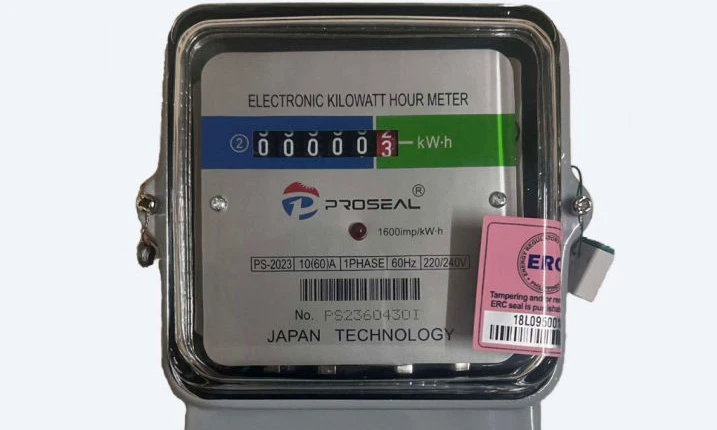Sub - Energy Meter Installation
Electrician are follow the proper rules and regulation for installation of sub energy meter. which are listed in below Identify the purpose of the sub-meter (e.g., tenant billing, equipment monitoring, load analysis). Select the right type of meter: Single-phase / Three-phase (as per load) Digital / Smart / CT-operated type Class 1.0 or better accuracy for reliable readings Check voltage, current rating, and frequency compatibility with supply. Ensure the installation location is dry, well-ventilated, and accessible for reading or maintenance. 2. Safety First Turn off the main power before wiring connections. Use insulated tools and proper PPE (Personal Protective Equipment). Verify absence of voltage using a multimeter or test pen before touching conductors. Never install meters on live circuits. 3. Wiring and Connections Follow manufacturer’s wiring diagram exactly. Tighten all terminals properly to prevent overheating. Use correct wire size based on meter rating and load current. Maintain correct phase sequence (R-Y-B) and neutral polarity. For CT-operated meters: Mount CTs on the correct phase and direction (P1 → Supply, P2 → Load). Label CTs (R, Y, B) clearly. Ensure CT secondary wires are short and twisted together to reduce noise. Always short CT terminals when not connected to a meter (for safety). 4. Earthing & Protection Connect the meter body and panel to proper earthing. Use a separate MCB or fuse before the meter input for protection. Avoid parallel connections from different sources. Keep wiring neat, labeled, and segregated (power vs signal). 5. Commissioning & Testing After installation, re-energize the circuit and check: Voltage and current readings on each phase. Correct power direction (import/export). Proper display operation and communication (if smart meter). Verify meter reading with a reference meter or clamp meter. Record: Meter serial number Installation date Initial reading CT ratio and location 6. Documentation & Maintenance Keep a connection diagram and circuit label near the meter. Maintain a logbook or digital record for periodic reading. Inspect terminal tightness and seal condition regularly. Calibrate the meter periodically as per standards (e.g., ISO, NBSM).
Book a Service
Fri, Dec 19
Team will arrive within the selected time



